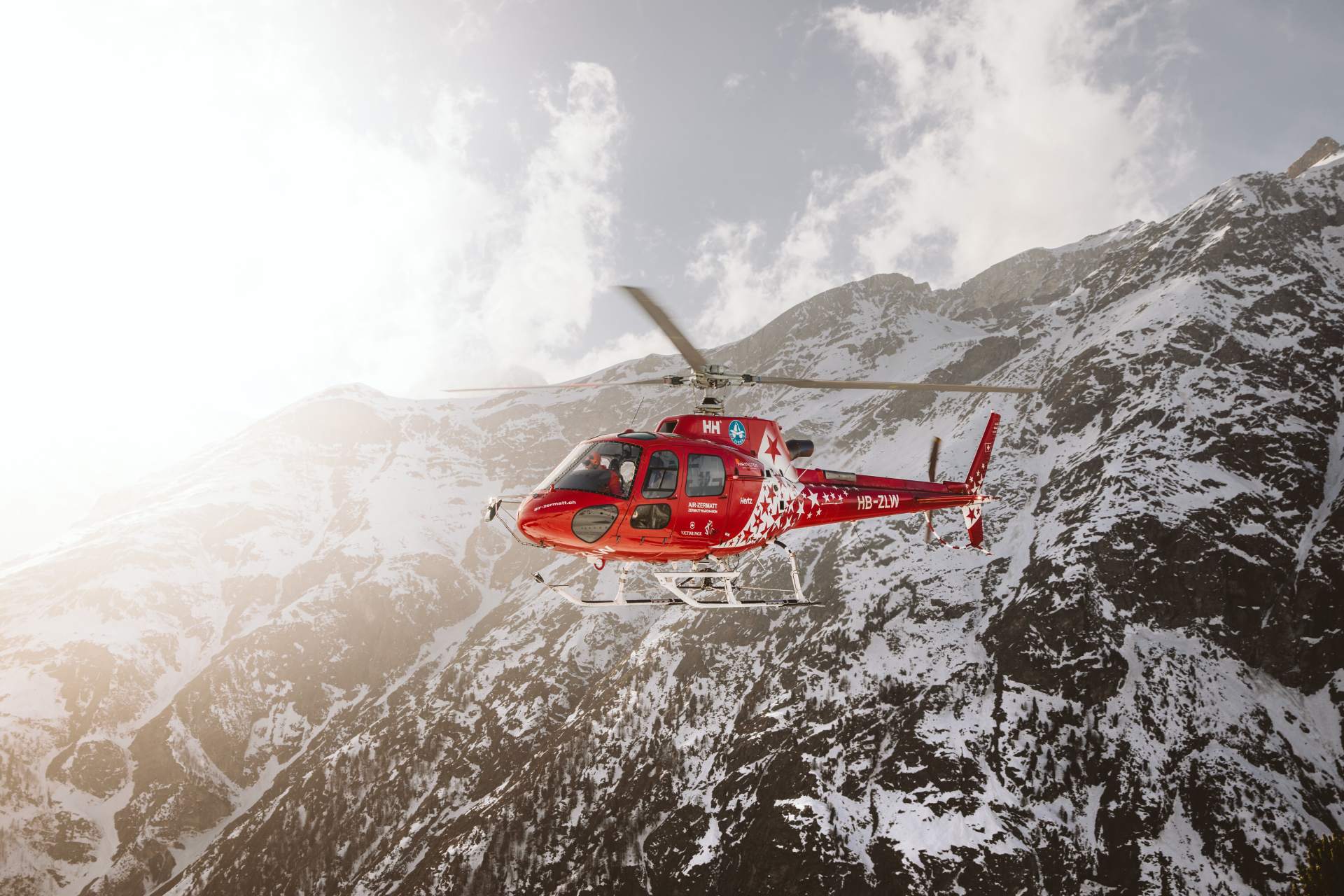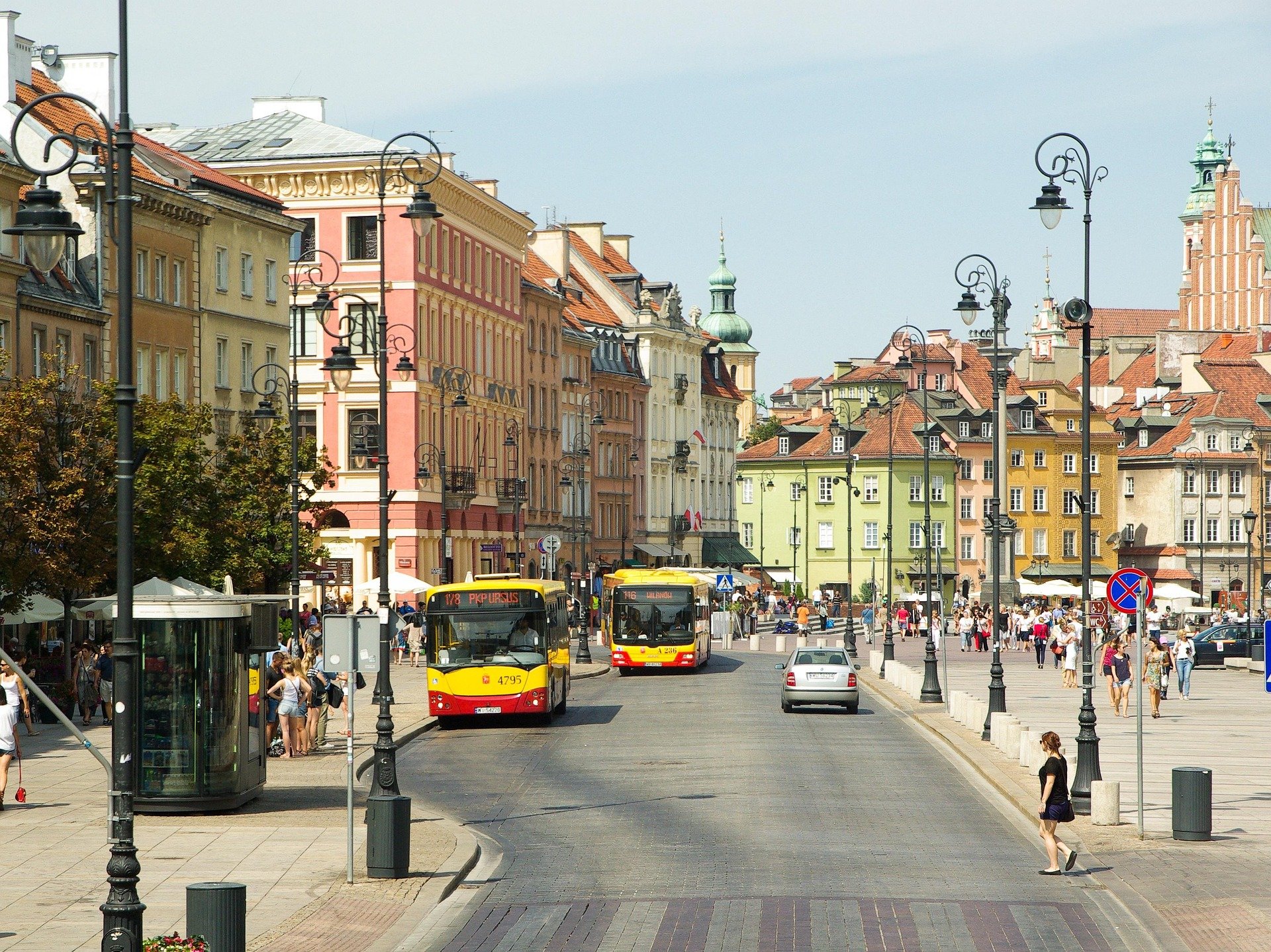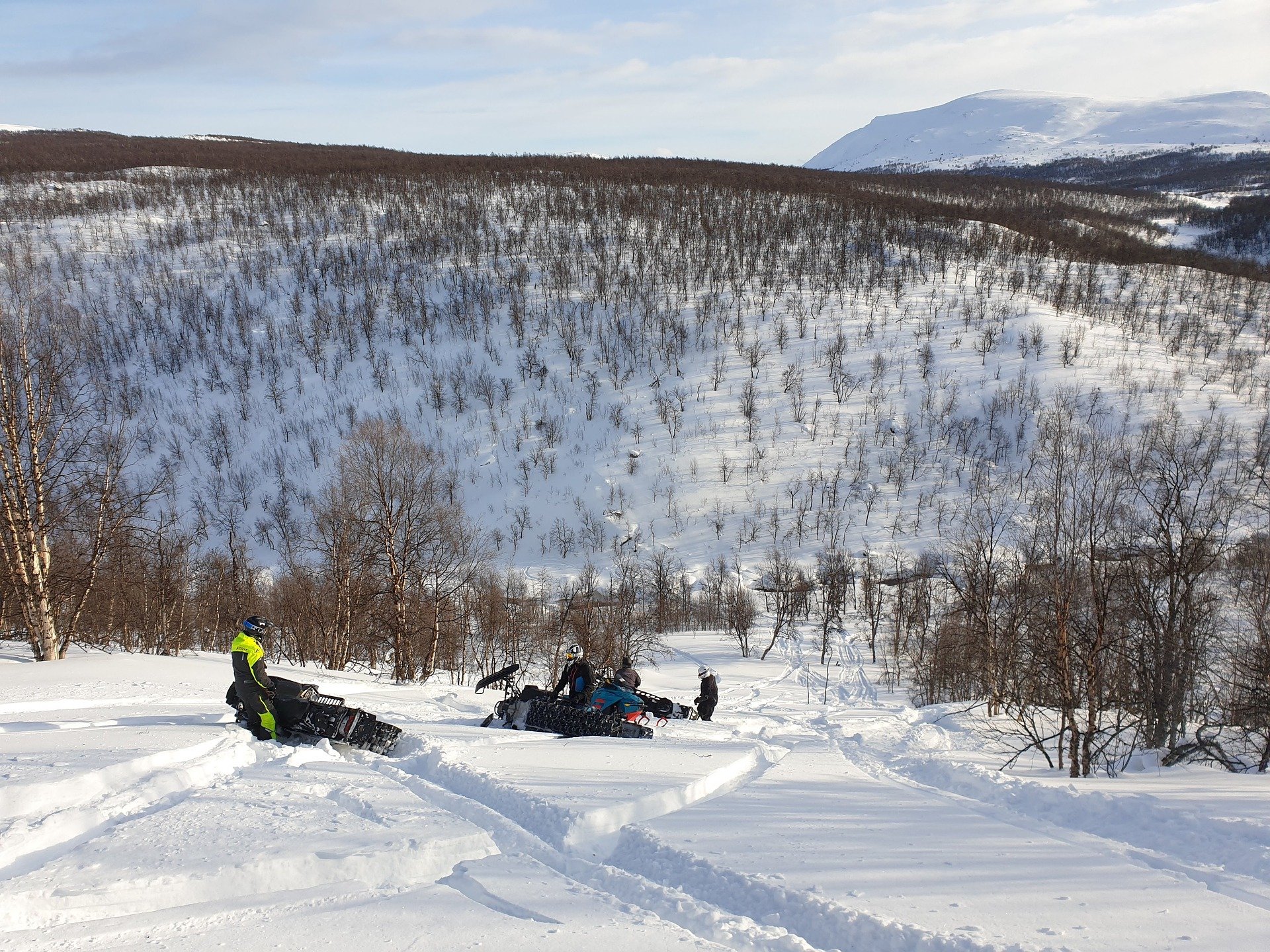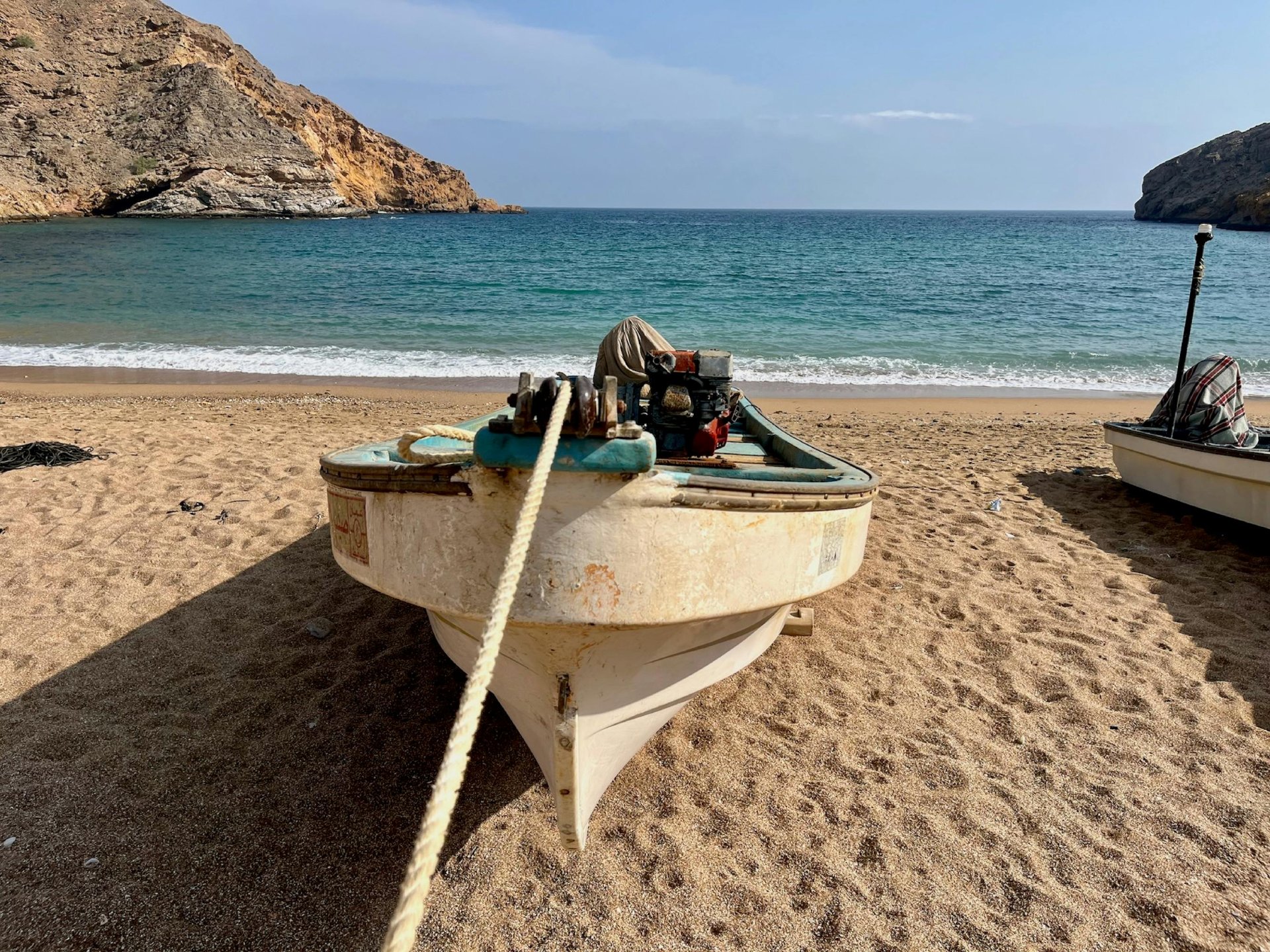Longer vacations, less overpacking, more small ship cruising and an uptick in bleisure travel are the post-pandemic behaviors the world’s most experienced travelers revealed in the recent Global Rescue survey. Travelers are making up for lost time due to the pandemic. Despite higher prices and frequent flight disruptions, people are not only scheduling trips for 2023 but many are planning longer ones.
Some travelers are going to more remote places while others are seeking high adventure in less forgiving environments. Many travelers are discovering new destinations to avoid crowds while some are returning to the tried-and-true locations after a multi-year pandemic pause.
Wherever you go, Global Rescue services are not only for medical emergencies. Global Rescue members get real-time access to doctors, paramedics and nurses who will help sort out minor injuries or illnesses like a twisted ankle, upset stomach or snake bite. Membership also includes travel advice. Concerned about a flash flood warning? Need help with a local language barrier? Run out of a prescription? Global Rescue members are one call away from expert help.
Global Rescue has responded to the needs of travelers at home and abroad since 2004. In a typical month, Global Rescue performs hundreds of operations in dozens of countries. Below are highlights from some of our most recent operations in various locations.
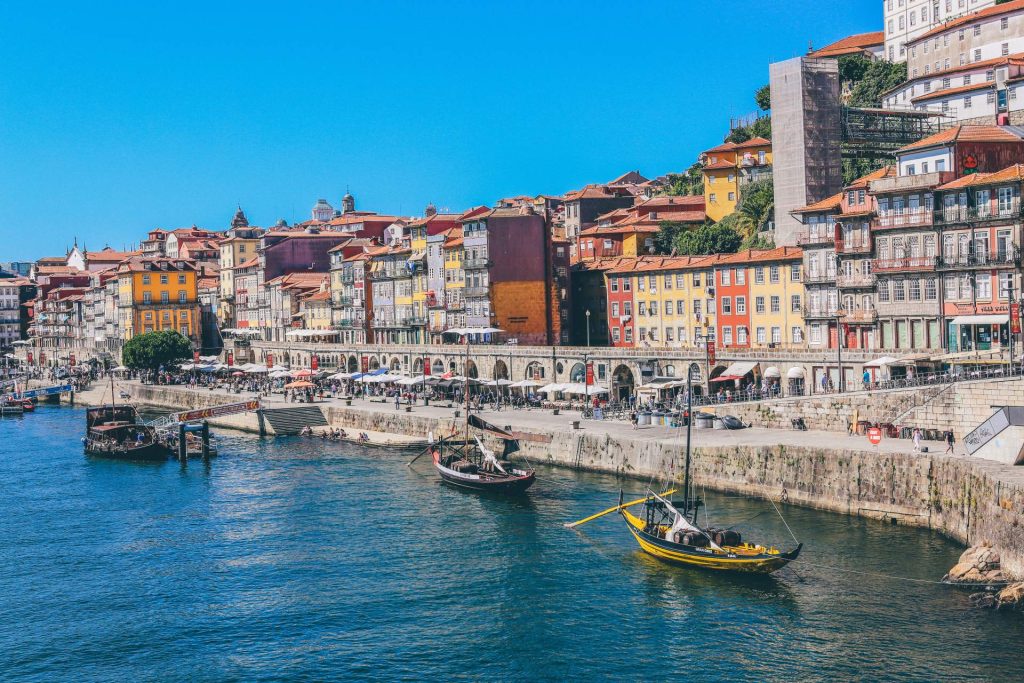
Fractured Patella in Portugal
Slips and falls happen on vacation. It happened to a U.S. member during a trip to Portugal. The member fell on steps fracturing her patella, commonly known as the knee cap. Following the required surgery, the member and her spouse contacted Global Rescue for assistance getting to their home in Virginia. Global Rescue medical operations procured a return flight and seats with extra legroom to allow the member to keep her leg elevated and straight. Global Rescue services also arranged ground transportation from the airport to the member’s home. The couple arrived home safely and without incident.
Finger Frostbite in Nepal
Frostbite is damage to skin and tissue caused by exposure to freezing temperatures – typically any temperature below 31 F/-0.55 C. When exposed to cold, the body will draw warm, oxygenated, blood away from the extremities and concentrate it into the body’s core. This allows key systems such as the heart, lungs and brain to stay warm and oxygenated for as long as possible, helping you survive. The effect of this process, however, is that extremities – like the fingers, nose, toes and ears – now lack warm, oxygenated blood, leaving them vulnerable to freezing.
[Related Reading: Frostbite: What You Should Know]
That was the experience of a Global Rescue member from South Africa who had successfully summited Mount Everest but now suffered frostbite on three of his right-hand fingers while at Mount Everest Base Camp II. Global Rescue initiated a helicopter field rescue and airborne transport of the member to a hospital in Kathmandu for medical evaluation and treatment. The transport was successful. Medical personnel diagnosed the member with frostbite. He was admitted to the hospital for treatment. Following appropriate care, the member was discharged for continued treatment as an outpatient before departing home on his scheduled flight.
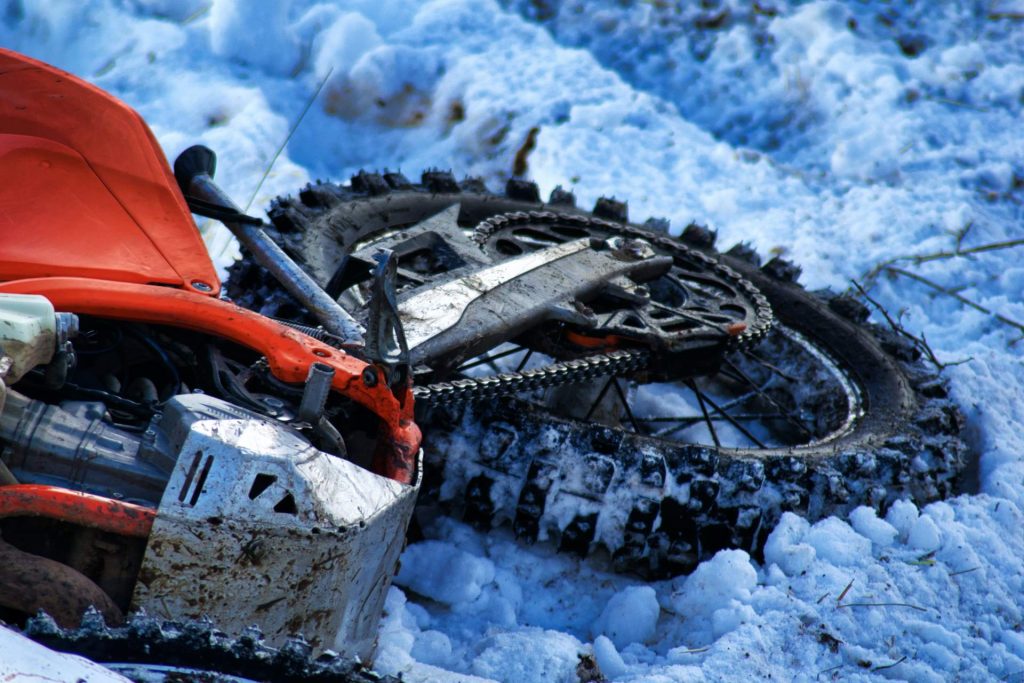
Motorcycle Accident in Australia
Motorcycle accidents often result in more serious injuries than automobile accidents. So, when an Australian member sustained multiple bone injuries after a motorcycling accident, Global Rescue was contacted by the member’s parent for advisory. The treating hospital stabilized the member and completed multiple surgeries on his left shoulder, elbow, and right femur. Upon release from the hospital, Global Rescue recommended upgraded seating for the member’s mother and his return flight home to provide extra room for positioning and comfort. The member and his mother arrived safely and without incident at their home in Melbourne.
HAPE at 21,000 Feet
The amount of oxygen in the human bloodstream begins to decrease beginning after you go beyond 6,900 feet/2,100 meters. The human body can adapt to higher altitudes and partially compensate for the lack of oxygen. But there is a limit. Mountaineers refer to altitudes above 26,000 feet/8,000 meters as the death zone, where almost no human body can acclimatize. A member from Switzerland was at Mount Everest Camp 2 (21,000 feet/6,400 meters) when he suffered the onset of High-altitude pulmonary edema (HAPE), chest pain, shortness of breath, mild headache and frostbite on his toes and fingers. Global Rescue recognized the severity of the member’s condition and initiated an airborne rescue and transport to a hospital. Following a successful transport, a hospital physician evaluated the member whose vital signs were stable. The member elected to leave the hospital and receive further treatment at his home of residence if needed.
Tick Bite Fever in South Africa?
When a member traveling in Komga, South Africa, began experiencing fever, signs of dehydration, nausea, vomiting, loose bowel movements, body weakness, and stiff neck and joints he call Global Rescue. The member wasn’t certain if his condition was the result of tick-bite fever. African tick bite fever (ATBF) is a bacterial infection spread by the bite of a tick. Symptoms may include fever, headache, muscle pain and a rash. Complications are rare but may include joint inflammation. Global Rescue physicians advised that the member’s symptoms and medical history warranted transport to the closest medical facility for evaluation along with laboratory tests and possible intravenous therapy.
[Related Reading: Are You Rescue Ready?]
Global Rescue medical operations staff arrange ground conveyance for the member who was safely transported to the hospital where he was discharged the following morning after receiving treatment and medications. Global Rescue medical operations personnel continued to follow up with the member for post-discharge updates. The member’s recovery progressed, and he arrived safely at his home in Florida.
Rescue From Mount Everest
A member from Mexico began suffering from chest pain, fever and shortness of breath after returning from Mount Everest Camp 4 to Camp 3. His breathing labored without supplemental oxygen, and he complained of general body weakness. Able to stand but not walk, the member was carried by Sherpas from Camp 3 to Camp 2. Due to his Acute Mountain Sickness (AMS) symptoms, ongoing difficulty breathing and need for continuous supplemental oxygen, Global Rescue operations initiated a helicopter transport from Mount Everest Camp 2 to a hospital in Lukla. The member was successfully evacuated to the hospital where he was diagnosed and prescribed antibiotics. Global Rescue medical support personnel visited the member in the hospital to help manage his care until his discharge.

Helicopter Transport Off Mount Everest
When a mountaineer starts physically suffering from an ascent, it’s wise to turn around. That’s what a member from India did while at Mount Everest Camp 2. He was experiencing a cough and sore throat and agreed to descend the next day to Mount Everest Base Camp where his condition could be monitored. Unfortunately, the following day his symptoms became more serious. He started to experience shortness of breath and his oxygen saturation was 70% with supplemental oxygen. Due to his worsening condition, Global Rescue medical operations personnel initiated a helicopter field rescue from Mount Everest Camp 2 to a hospital in Kathmandu. The member was successfully transported to the hospital where he was examined and diagnosed with High-altitude cerebral edema and HAPE. Hospital officials admitted him for observation. He was discharged the following day for follow-up treatment at a hospital at his home of record.

